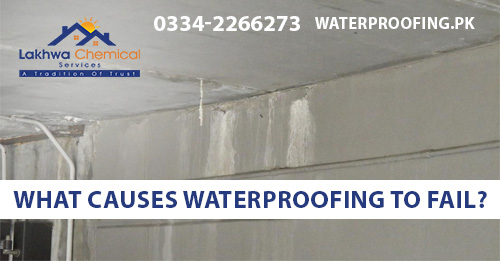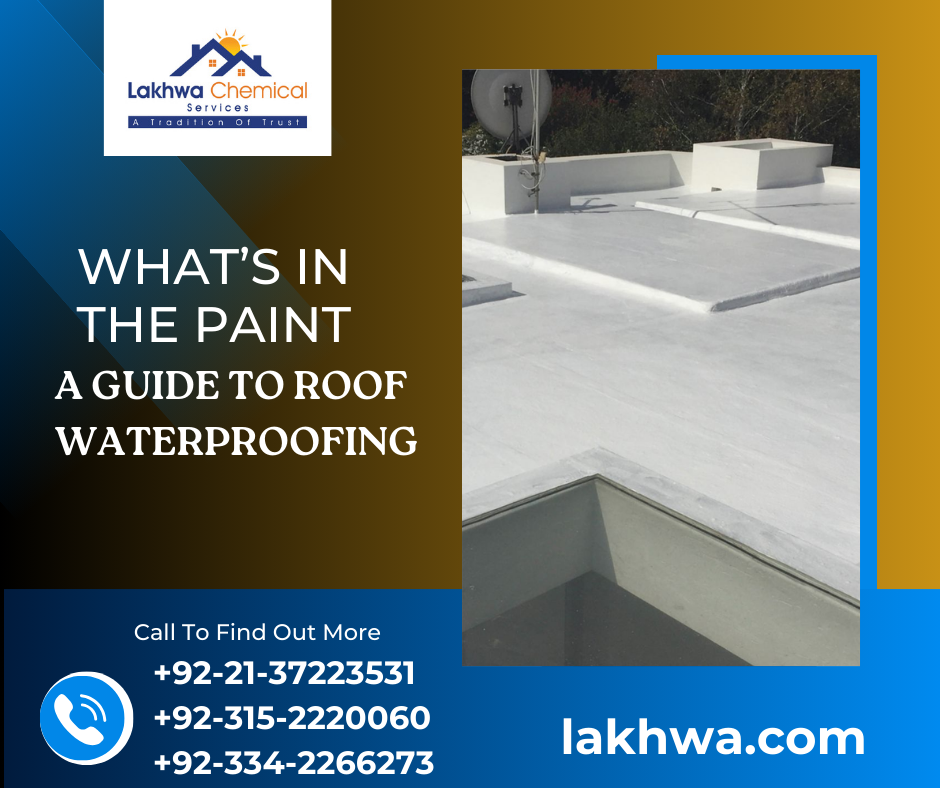Many a times, homeowners and businesses opt for inferior methods to protect closed structures from seepage, the result of which is recoating or, even renovation. In other words, the expenditures surge drastically and individuals are left with no other option. Prevent waterproofing fail. Trust expert solutions for lasting protection against leaks. Explore now If you are seeking a reliable firm. To overcome the problem, professional firms like Waterproofing.pk should be a top priority.
There are several reasons for waterproofing processes to fail. Understanding the common causes is essential for builders, architects, and property owners to ensure the long-term integrity of their structures. Let’s discuss!
Poor Installation Practices
One of the most frequent causes of waterproofing failure is inadequate installation: Improper surface preparation, faulty application, or mishandling tools are some examples. Failure to follow the recommended thickness for liquid or sheet waterproofing materials can compromise their effectiveness. Lastly, inadequate surface preparation (unclean layer, smooth substrate, etc.) can lead to poor adhesion and leakage.
Read More
What Causes Roof Seepage and How to Fix Them?
How Expensive is Roof Leakage Treatment in Pakistan?
Does Roof Leakage Treatment in Karachi Secure From Diseases?
Inferior Quality Materials
The quality of the waterproofing materials is a critical aspect: Substandard materials lack durability, chemical resistance, and flexibility to withstand structural movement. Cutting costs (by using cheaper products) can lead to premature waterproofing failure. It’s essential to choose materials that meet industry standards and the project’s requirements.
Environmental Factors
Environmental conditions have a significant impact on the longevity of waterproofing systems. Extreme temperature variations, UV exposure, and freeze-thaw cycles can cause materials to expand and contract, leading to cracks and leaks. Inadequate protection against ultraviolet (UV) radiation can degrade materials over time. It’s crucial to select environmental-friendly materials for best results.
Structural Movement
Buildings and structures experience slight movements due to temperature fluctuations, settling, and seismic activity. If waterproofing systems cannot accommodate these aspects, they can crack, tear, or detach from the substrate.
Lack of Maintenance
Waterproofing systems require periodic maintenance for best outcomes. Non-conformation to cleaning regulations can lead to gradual deterioration and, eventually, failure of the membrane. Following are some methods from experts:
- Clearing Drains and Gutters
- Inspecting for Damage
- Resealing or Patching Areas
- Routine Inspections and Maintenance
Chemical Exposure
In industrial or commercial settings, waterproofing systems are exposed to chemicals and pollutants. Certain chemicals can break down or degrade the membrane, leading to ruptures and leaks. So, it’s necessary to select chemical-resistant materials for optimal results.
Read More
How Water Tank Leakage Can Be Fixed in Timely Manner?
How to Apply Thorolac Waterproofing Over the Roof?
Fixing Bathroom Leakage from Ceiling
Inadequate Drainage
Poor drainage can result in a number of issues: water pooling on the surface, higher hydrostatic pressure and structural damage. On the other hand, mechanized drainage systems work in conjunction with waterproofing to direct water away from vulnerable areas.
Age and Wear
Waterproofing materials have a limited lifespan. Over time, well-maintained systems can deteriorate due to natural processes. It’s essential to monitor the condition of waterproofing systems periodically.
Substrate Movement and Settlement
The underlying structure of a building can experience movement and settlement over time. Moreover, changes in the substrate can cause stress on waterproofing materials, leading to cracks, separations, and water infiltration. Ensuring a stable and well-maintained substrate is crucial for the longevity of waterproofing systems.
Inadequate Overlaps and Seams
In case of sheet waterproofing materials, improper seams and overlaps (during installation) can weaken the system. To avoid such happenings, attention to detail and proper seam adhesion are necessary.
Neglecting Details
Waterproofing around edges and penetrations (such as pipes and vents) requires attention. Neglecting such areas can result in water seepage or leaks. Proper detailing is essential to maintain the integrity and longevity of hard-to-reach zones.
Conclusion
Waterproofing failures have a critical impact on the structural integrity of buildings. Therefore, understanding the common causes of waterproofing failures is crucial. Proper installation, selection of high-quality materials, consideration of environmental factors, and regular maintenance are essential components of a successful waterproofing system.
To book an appointment with a reliable waterproofing firm, contact Waterproofing.pk today!







